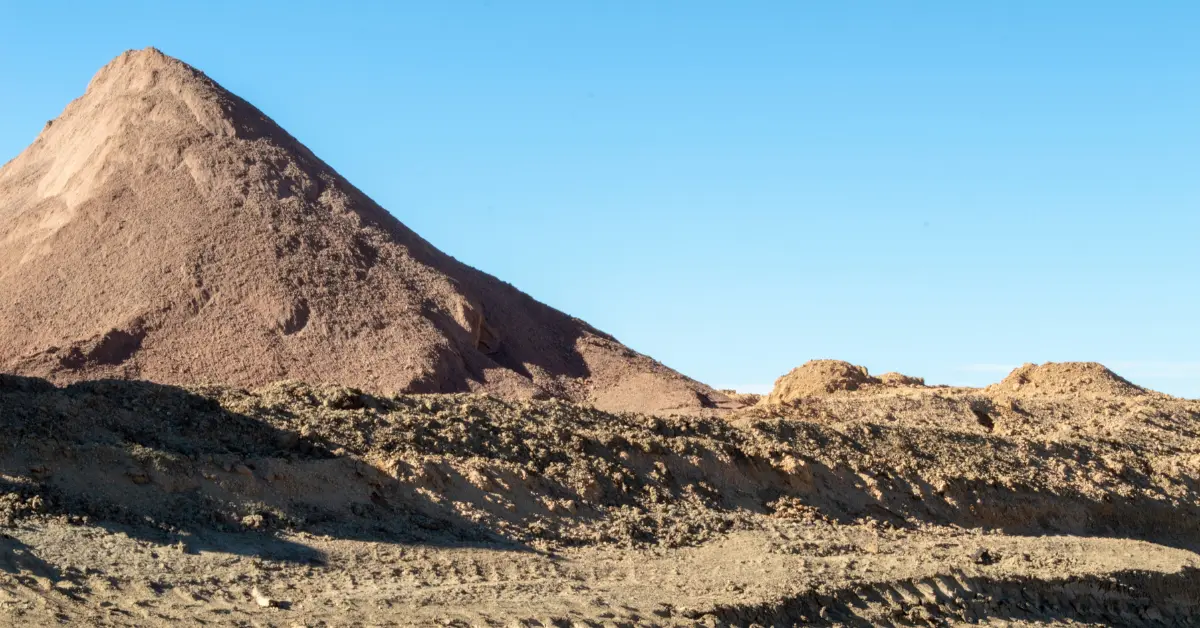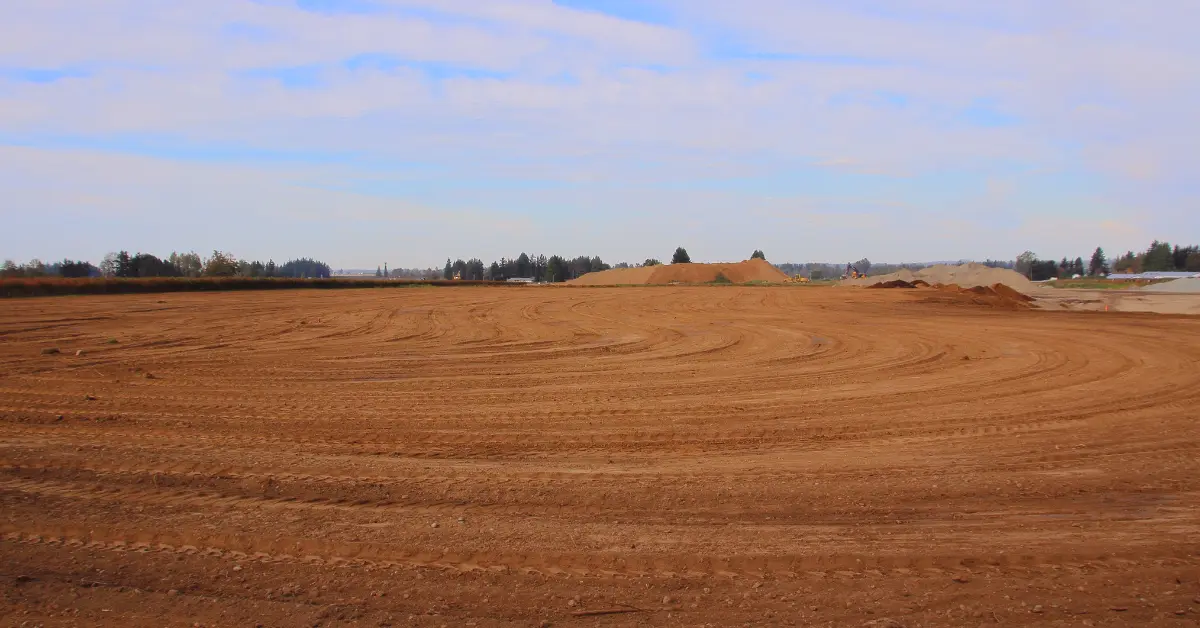
Clean fill dirt is often an overlooked hero in construction and landscaping, providing a reliable, contaminant-free foundation for projects of all sizes. It is composed primarily of subsoil, clay, sand, and rock—materials that resist settling, shifting, and decomposition. This stability makes it the ideal choice for establishing solid bases under buildings, roads, and terraces, preventing costly structural issues down the line. Whether you’re breaking ground on a new development, rehabilitating a brownfield, or crafting an eco-friendly garden, clean fill dirt delivers durability, versatility, and sustainability in one unassuming package.
Definition of Clean Fill Dirt
Unlike topsoil, which contains a mix of organic matter conducive to plant growth, clean fill dirt is composed mostly of subsoil, clay, sand, and rock. This composition makes it free from contaminants such as toxins, chemicals, or other waste materials that could compromise structural integrity or environmental safety. The role of clean fill dirt in construction is pivotal for its ability to provide a stable base for buildings, roads, and other infrastructure. Its compact nature reduces the risk of shifting or settling over time, which can be a significant concern in structural development. For example, when constructing a new residential area, using it helps ensure that the foundation remains solid, preventing future issues such as cracks or uneven settling. This stability is crucial in areas susceptible to soil erosion or seasonal changes, where the ground can shift.
Overview of Clean Fill Uses
In landscaping, it is used to create mounds or level surfaces, providing an even base for lawns or gardens. Its ability to compact tightly makes it ideal for creating terraces or retaining walls that require a firm foundation. In urban planning, clean fill dirt is used to rehabilitate brownfield sites, transforming previously unusable land into viable construction zones. An example of this is the transformation of old industrial sites into residential or commercial property, where clean fill dirt is used to remediate the land, ensuring it meets safety standards for new developments.
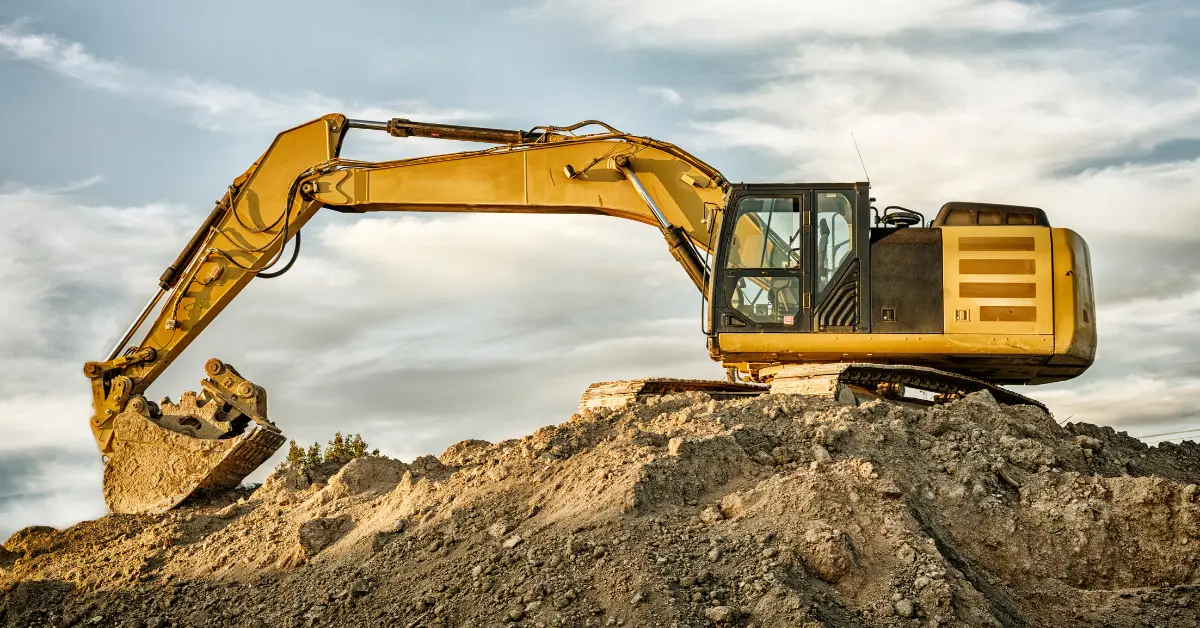
Understanding Fill Dirt vs Topsoil
Composition and Characteristics
When embarking on a landscaping or construction project, understanding the difference between fill dirt and topsoil is crucial. Fill dirt is composed primarily of subsoil, a layer of earth situated below the topsoil. It is mainly derived from the Earth's natural layers and contains a mixture of clay, sand, and broken-down rock. Notably, fill dirt lacks organic matter, which makes it denser and less prone to shifting or settling over time. This characteristic is particularly beneficial for projects requiring stable foundations, such as building pads for structures or creating terraces. In contrast, topsoil is the uppermost layer of soil, rich in organic materials, nutrients, and microorganisms that are essential for plant growth. It is typically darker and more crumbly compared to fill dirt due to its higher content of decomposed plant and animal matter. This rich composition makes topsoil ideal for gardening and agricultural applications where fertility is a priority. However, the organic content in topsoil can lead to settling and erosion, making it less suitable for structural fill purposes.
Applications and Suitability
Fill dirt is the preferred choice for projects needing a stable base, such as leveling land for building foundations, constructing roads, or filling in large depressions in the landscape. Its compact nature ensures minimal movement, which is vital for maintaining structural integrity. For instance, when constructing a new driveway, using fill dirt can prevent the surface from cracking or shifting over time, a problem often encountered when topsoil is misused.
Topsoil, with its nutrient-rich properties, is better suited for projects involving plant growth. It is commonly used for gardens, lawns, and flower beds where its ability to support root development is invaluable. A layer of quality topsoil can significantly enhance the growth of grass and plants, making it an essential component in landscaping projects aimed at improving aesthetics and environmental quality. In some projects, a combination of both materials is used. For example, fill dirt may be layered first to provide a stable base, followed by topsoil to support vegetation. This approach is often seen in large-scale landscaping projects where both structural stability and plant growth are necessary.
Cost Comparison
Generally, fill dirt is more affordable than topsoil. This is primarily because fill dirt does not require the same level of processing or quality control as topsoil. The price can range from as low as $5 to $15 per cubic yard, making it an economical choice for large-scale projects where budget constraints are a consideration. Topsoil is more costly, with prices typically ranging from $15 to $30 per cubic yard. The higher cost is due to the added value of its nutrient content and the more intensive screening processes it undergoes to ensure quality for plant growth. In regions where topsoil is scarce or must be transported over long distances, costs can escalate further.
Key Benefits of Using Clean Fill Dirt
Improved Stability and Support
This type is integral to achieving improved stability and support in various construction and landscaping projects. Unlike topsoil, which contains organic materials subject to decomposition, clean fill dirt consists of a mix of clay, sand, and silt, offering a more compact and stable base. This characteristic makes it ideal for foundational work. For instance, when constructing a new roadway, using clean fill dirt can prevent shifting and settling over time, which is crucial for maintaining structural integrity. One of the most compelling examples of its effectiveness can be seen in large-scale commercial developments. These projects often require a stable base to support the weight of buildings and infrastructure.
Environmental Benefits
The environmental benefits of using clean fill dirt are multifaceted, making it a sustainable choice for conscientious builders and developers. One of the primary ecological advantages is its role in reducing waste. Often sourced from excavation sites, clean fill dirt repurposes material that might otherwise contribute to landfill waste. Such a sustainable practice aligns with broader environmental goals of reducing construction waste and promoting recycling.
In addition, the use supports natural drainage and erosion control. Unlike synthetic materials that can disrupt local ecosystems, clean fill dirt integrates seamlessly with the surrounding environment. In a coastal restoration project in California, clean fill dirt was utilized to rebuild dunes and stabilize shorelines. The project successfully enhanced local habitats while minimizing human impact, demonstrating the material's ability to support ecological balance.
Furthermore, by selecting this type over chemically treated alternatives, developers can reduce the potential for soil contamination, thereby safeguarding both plant and animal life in the vicinity. This consideration is particularly crucial in areas designated for agricultural use or in proximity to water sources, where soil health has a direct impact on broader environmental health.
How to Buy and Source Clean Fill Dirt
Finding the Best Supplier
Selecting a reputable supplier for clean fill dirt is paramount for the success and longevity of any construction or landscaping project. The integrity of your project depends on the quality of the fill dirt, as contaminated material can lead to costly issues such as structural instability, drainage problems, and environmental hazards. A thorough vetting process is not just recommended, but essential to mitigate these risks.
- Conduct Thorough Online Research: Begin by meticulously examining online reviews and testimonials on platforms like Google Reviews, Yelp, and industry-specific forums. Pay close attention to comments regarding delivery timeliness, material consistency, and responsiveness to customer inquiries. A pattern of positive feedback, particularly concerning the quality of the fill dirt itself, is a strong indicator of a reliable supplier. Conversely, recurring complaints about contamination, inconsistent quality, or poor customer service should prompt significant caution. These digital footprints provide invaluable insights into a supplier's operational reliability and product integrity, enabling you to assess their reputation before direct engagement.
- Seek Local Professional Recommendations: Beyond online investigations, solicit recommendations from local landscape contractors and construction companies. These professionals often possess extensive firsthand experience with various fill dirt suppliers in the immediate area. Their insights are particularly valuable because they understand the practical implications of utilizing different types of fill dirt and have a vested interest in the success of their own projects. Inquire about suppliers who consistently fulfill their commitments, maintain high standards of quality, and offer competitive pricing without compromising material integrity.
- Perform On-Site Supplier Visits: To gain a deeper understanding of a supplier's operations and commitment to quality control, conducting on-site supplier visits is highly recommended. Observe how the fill dirt is stored and handled, ensuring it is protected from potential contaminants such as debris, chemicals, or standing water. Check for designated areas for different types of fill dirt, indicating an organized approach to inventory management. A clean, well-maintained yard suggests a supplier who takes pride in their product and operations. This direct observation provides tangible evidence of their commitment to maintaining product purity.
- Prioritize Transparent Sourcing Practices: During your site visit or initial consultations, do not hesitate to inquire about the sourcing of their fill dirt. Reputable suppliers should be fully transparent about the origin of their materials. Ideally, the fill supply should be sourced from uncontaminated sites, such as virgin land or areas where extensive soil testing has been conducted to confirm its purity. This proactive approach to sourcing significantly minimizes the risk of introducing unwanted contaminants to your project site. Transparency in sourcing demonstrates a supplier's commitment to delivering a high-quality product, thereby ensuring the foundational integrity of your project.
By prioritizing the best supplier for clean fill dirt with a proven track record, a steadfast commitment to quality control, and transparent sourcing practices, you establish the fundamental groundwork for a successful, durable, and cost-effective construction or landscaping endeavor.
Order Screened Clean Fill Dirt Online
Screened fill dirt has been filtered to remove debris, rocks, and large particles, making it ideal for landscaping and construction projects that require a smooth, even surface. Before purchasing, verify the supplier's credentials and ensure they provide detailed specifications about the fill dirt's composition and screening process. Compare prices from different online suppliers to find competitive rates. However, price should not be the sole determining factor. Assess the fill dirt's quality, the supplier's reputation, and the terms of sale. Some online suppliers offer soil testing results, which can provide assurance of the fill dirt's cleanliness. Consider the logistics of delivery and whether the supplier offers a return policy in case the cheap fill dirt does not meet your expectations.
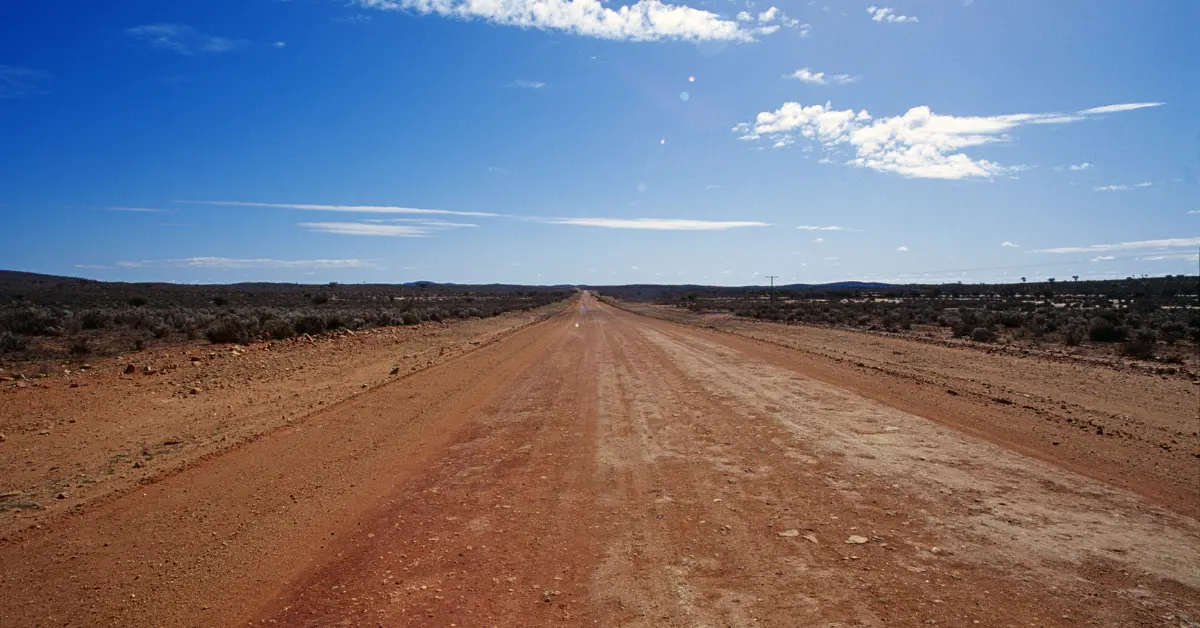
Understanding Fill Dirt Delivery Options
Delivery options for fill dirt supply can vary significantly depending on the supplier and the project's location. Many suppliers offer direct delivery to your site, which saves time and effort compared to arranging transportation independently. Evaluate the available delivery options, including timing, cost, and the type of delivery vehicles used. Some suppliers may offer the flexibility of scheduling deliveries during off-peak hours to avoid disrupting your project's workflow.
For larger projects, bulk delivery might be more cost-effective and efficient than multiple smaller shipments. Ensure that the delivery vehicle can access your site easily; narrow driveways or soft ground can pose challenges. Additionally, verify whether the supplier provides any unloading services or if you need to arrange for equipment to move the fill dirt upon arrival.
Ensuring Quality and Suitability of Fill Dirt
Testing and Assessing Quality
Thorough testing of clean fill dirt is an essential step in any construction or landscaping project. This meticulous process ensures the integrity and longevity of the endeavor, guaranteeing the fill material meets specific project standards. Here are five critical aspects:
- Compositional Analysis: This assessment scrutinizes the proportions of sand, silt, clay, and organic matter within the fill dirt. An imbalance in these constituents can significantly impact the soil's behavior and suitability for specific applications. For instance, an excess of clay, while offering good binding properties, can hinder drainage, making it unsuitable for projects requiring high permeability. Conversely, overly sandy soils drain well but may lack the cohesion needed for structural fill dirt stability.
- Textural Analysis: Categorizing soil by its particle feel and behavior, textural analysis directly influences its workability, water retention capabilities, and compaction characteristics. A well-graded soil, featuring a balanced distribution of various particle sizes, is generally preferred as it offers superior performance. This balance ensures proper compaction, which is crucial for preventing future settlement and maintaining the project's structural integrity. Poorly graded soil can lead to compaction difficulties, resulting in instability and potential failure of the constructed area over time.
- pH Level Assessment: Determining the acidity or alkalinity of the fill dirt is particularly important for projects involving vegetation or the long-term stability of certain building materials. Extreme pH levels can severely inhibit plant growth, causing landscaping projects to fail or require expensive remediation. Furthermore, an unsuitable pH can accelerate the corrosion of buried structures, such as pipes and foundations, leading to premature deterioration and costly repairs.
- Sieve Analysis: This fundamental test precisely quantifies the particle size distribution of the soil. By passing a dried soil sample through a series of progressively finer sieves, engineers can determine the percentages of gravel, sand, silt, and clay. This analysis is crucial for identifying an excessive presence of fine particles, such as silt or clay. A high proportion of fines significantly impedes proper compaction and severely compromises drainage, leading to potential instability, waterlogging issues, and ultimately, project failure if not addressed proactively.
- Proctor Compaction Test: This indispensable laboratory procedure provides critical data on the soil's optimal moisture content and maximum dry density. By compacting soil samples at varying moisture levels, the Proctor test identifies the precise moisture content at which the soil achieves its highest density when compacted. This information is crucial for achieving proper compaction in the field, which is essential for preventing settlement, enhancing bearing capacity, and improving the overall stability of the constructed area. Proper compaction ensures the long-term durability and safety of the infrastructure, significantly reducing the risk of costly repairs.
The initial investment in comprehensive testing of clean fill dirt is a strategic imperative that yields substantial returns throughout the entire project lifecycle.
Ensuring Compliance with Local Regulations
Different regions have specific guidelines governing the use of fill dirt, particularly concerning environmental impact and safety standards. These regulations often dictate acceptable materials, contamination levels, and sourcing practices to protect both the environment and public health. For instance, fill dirt used in residential areas may be subject to more stringent regulations compared to commercial projects. Some jurisdictions require project soil to be free from hazardous substances, limiting contaminants such as lead or asbestos. Compliance ensures that the fill dirt won't pose health risks to residents or disrupt local ecosystems.
Navigating these regulations can be complex, but it's essential to consult with local authorities or environmental experts to ensure adherence to all applicable laws. Maintaining thorough records of all fill dirt deliveries, including test results and supplier certifications, can protect your project from legal repercussions and ensure a successful outcome.
Tips for Successful Fill Dirt Projects
Planning and Preparing the Site
A critical step in any successful fill dirt project is comprehensive site planning and preparation. Conduct a thorough site assessment to understand its current state, including soil composition, drainage patterns, and topography. This analysis helps in identifying potential challenges such as poor drainage or unstable ground that may require specialized solutions. If a residential development is planned on a site with significant elevation changes, grading may be necessary to create a stable and level foundation. By using topographic surveys and 3D modeling, you can visualize the final layout and make informed decisions about the volume and type of fill dirt required. Environmental considerations also play a crucial role. Evaluate the potential impact of your project on local ecosystems. Implement erosion control measures such as silt fences or retention basins to prevent sediment runoff into nearby water bodies. Incorporating native vegetation around the site can further stabilize the soil and enhance biodiversity.
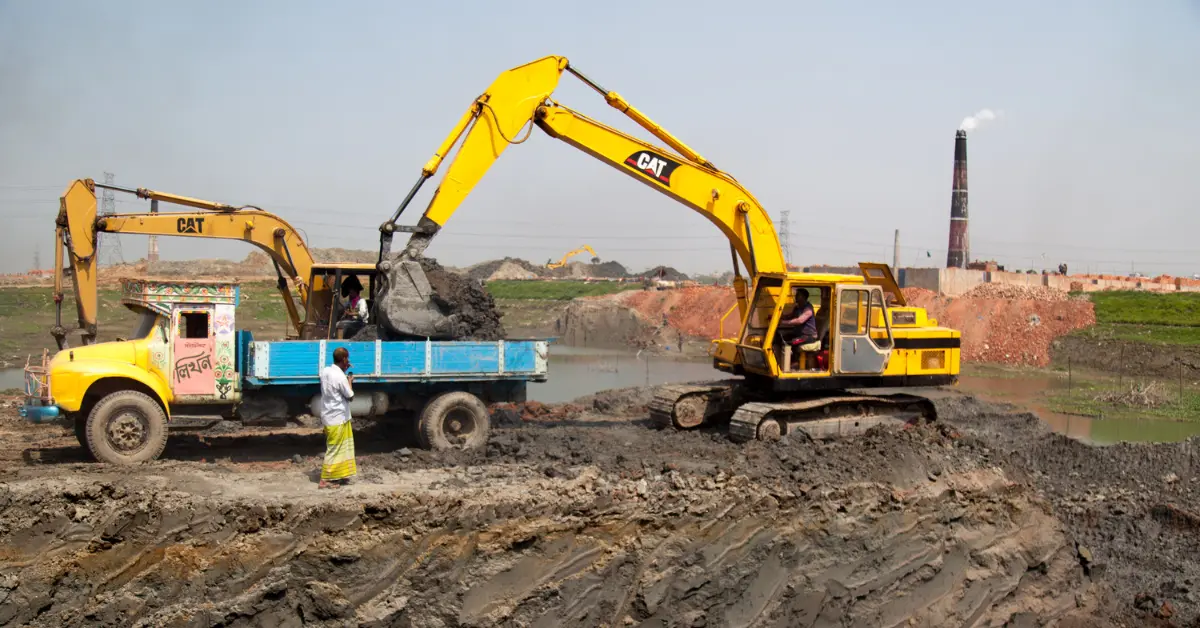
Monitoring and Maintenance Post-Installation
The success of a fill dirt project extends beyond its initial installation. Ongoing monitoring and maintenance are essential to ensure long-term stability and functionality. Regular site inspections should be conducted to assess the condition of the fill dirt and identify any signs of erosion, settlement, or compaction that may compromise the integrity of the structure. Implementing technology-driven solutions such as remote sensing or drone surveys can provide valuable insights into the site's condition without necessitating frequent physical visits. These tools can detect subtle changes in elevation or surface conditions that may indicate underlying issues, allowing for proactive interventions.
In addition to monitoring, maintenance activities such as regrading surfaces, reinforcing eroded areas, or reseeding vegetation can significantly enhance the longevity of the project. For example, a commercial development in an area prone to heavy rainfall may require periodic maintenance of drainage systems to prevent waterlogging and soil erosion. Empowering site managers and workers with continuous training on best practices in fill dirt management can also improve maintenance outcomes. By fostering a culture of vigilance and responsiveness, you can ensure that your fill dirt project remains resilient and continues to fulfill its intended purpose.
The use of clean fill dirt is increasingly recognized as an advantageous component in construction and landscaping projects. Fill dirt benefits range from economic to environmental, providing a robust foundation for a variety of projects. Primarily, it is an affordable alternative to other materials, making it a cost-effective choice for large-scale landscaping or construction work. This affordability often translates into significant budget savings, allowing for the allocation of resources to other critical areas of a project. Beyond cost savings, fill dirt is highly effective for creating stable foundations. It is void of organic matter, which means it doesn’t decompose or change over time, ensuring long-term stability. This characteristic is crucial for projects requiring a reliable base, such as road construction and large-scale landscaping. The structural integrity provided minimizes the risk of shifting, settling, or erosion, which can lead to costly repairs or safety hazards. These utilitarian qualities make clean fill dirt a preferred option in diverse contexts, from residential to commercial projects.

.svg)





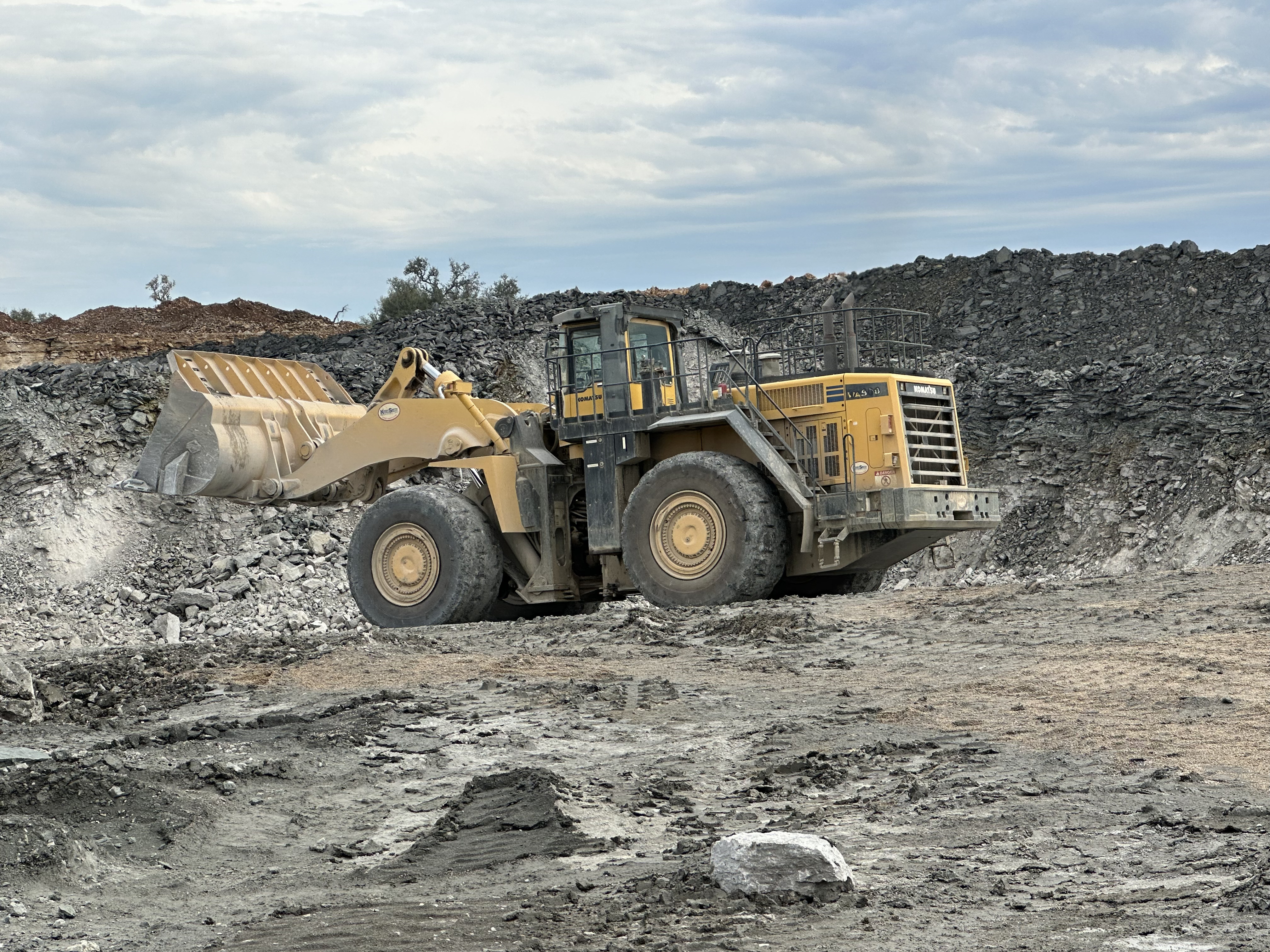




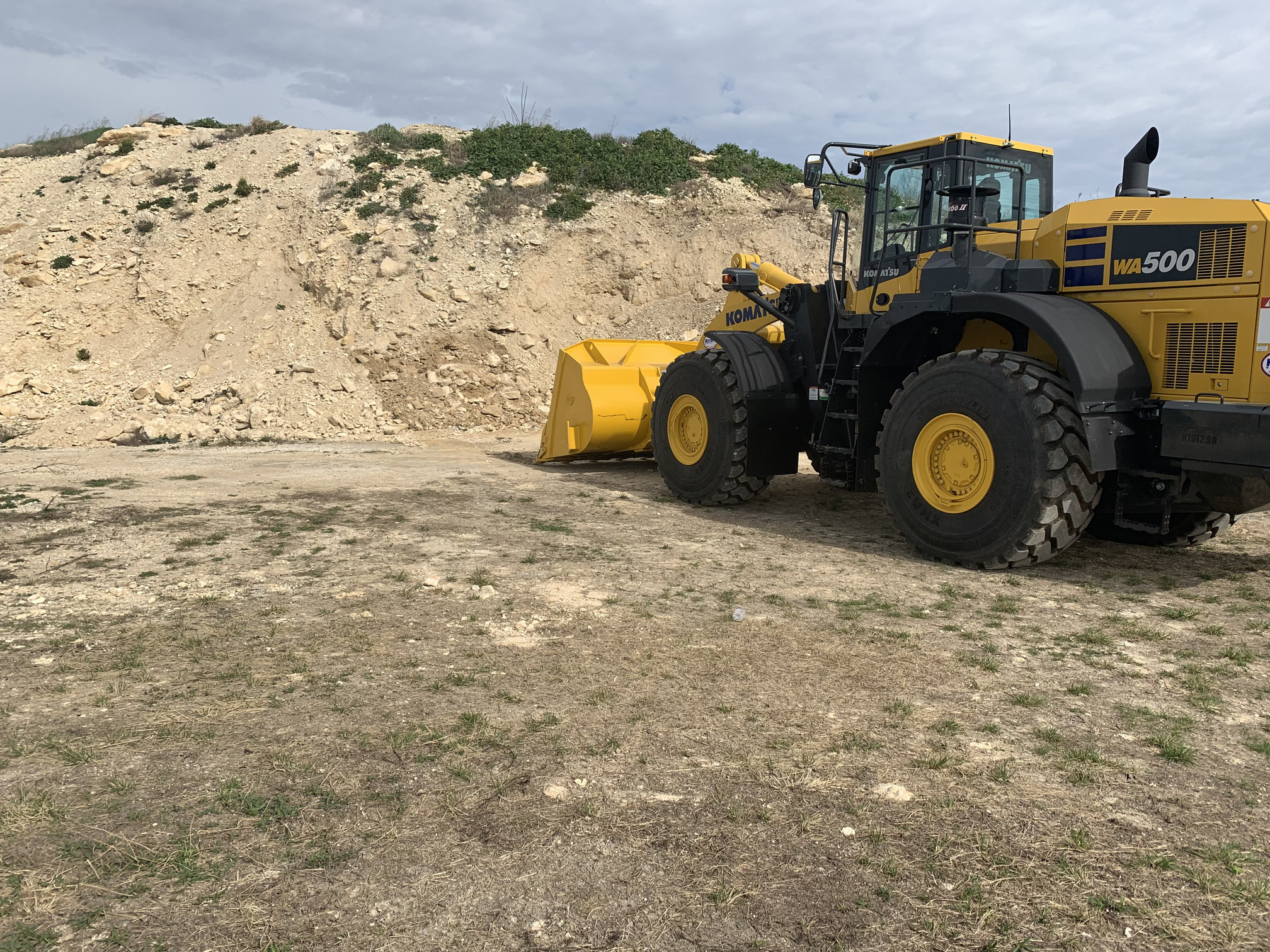
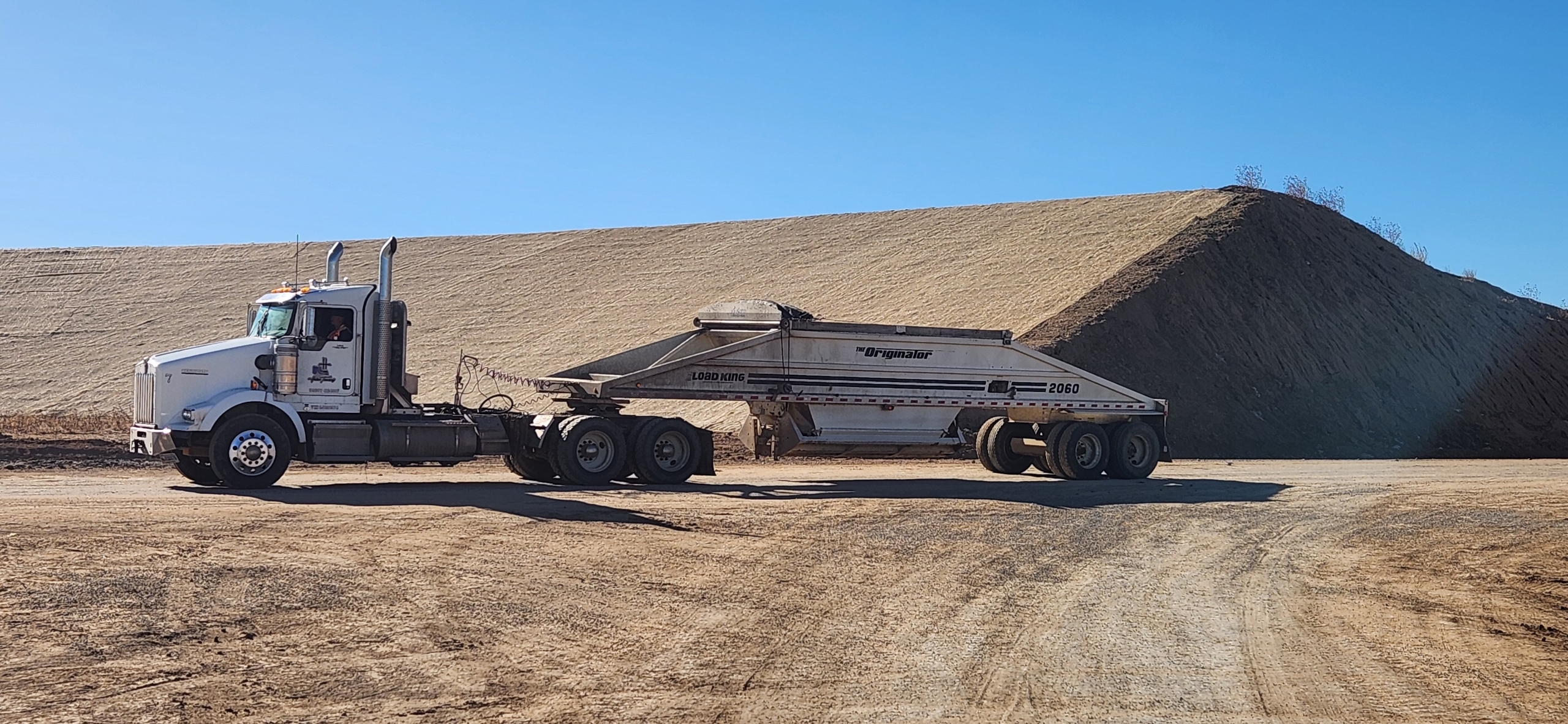
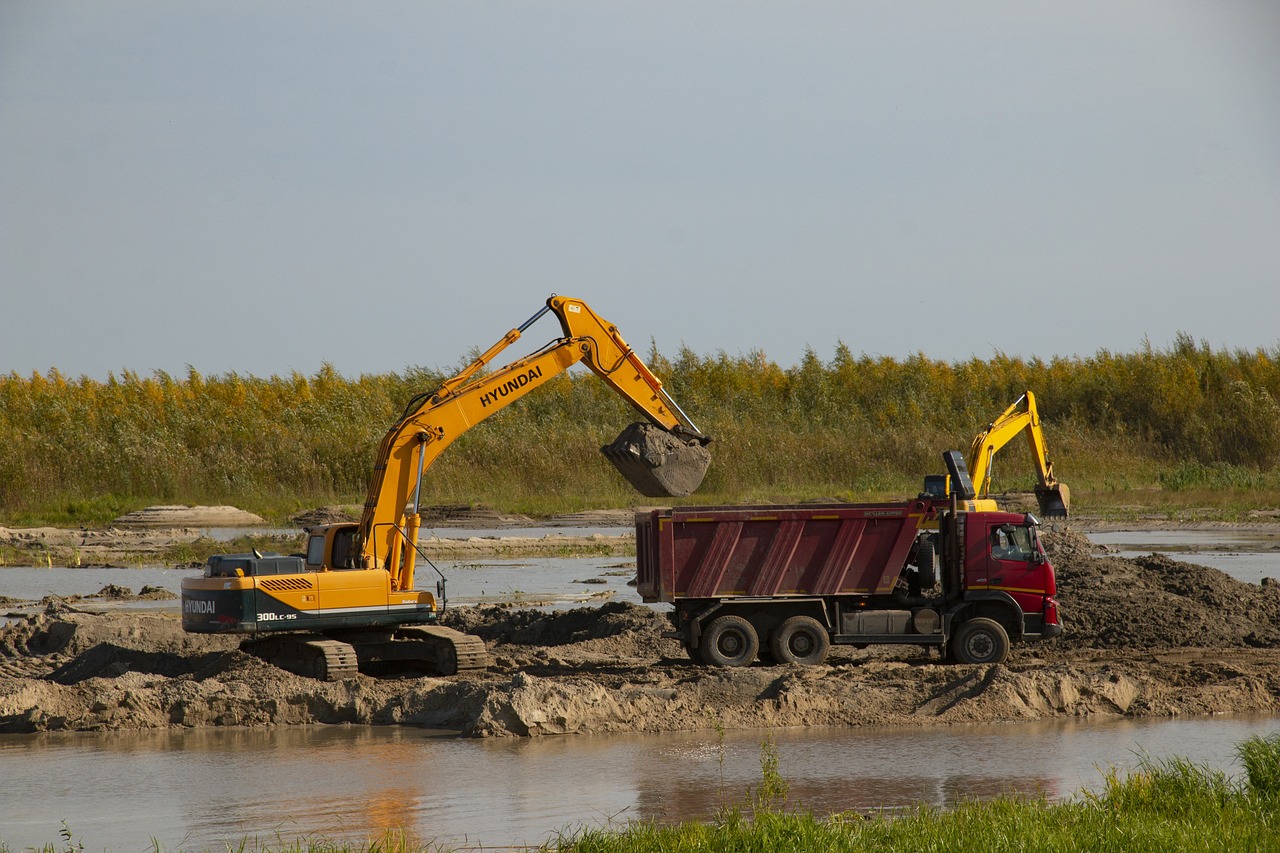

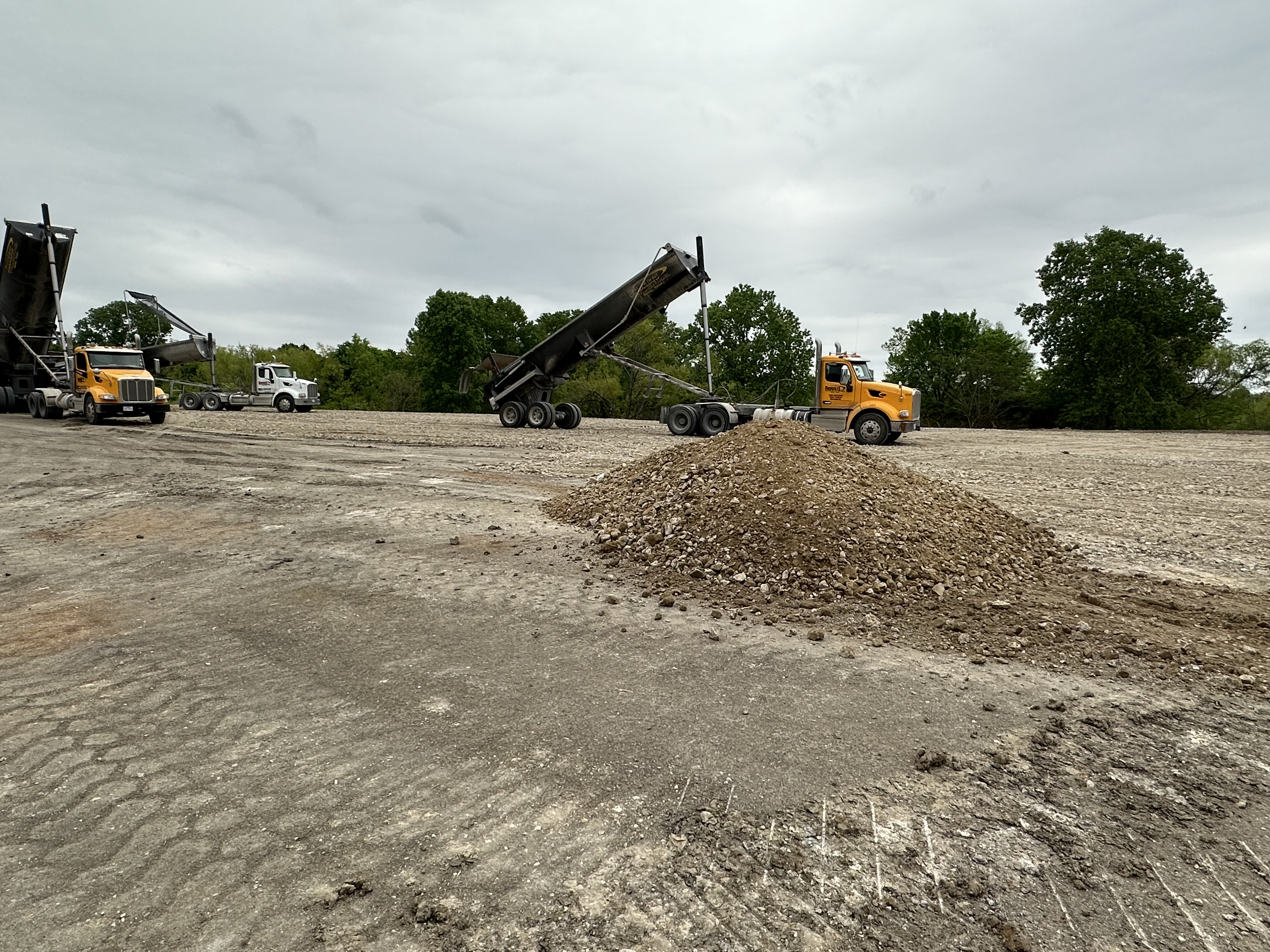

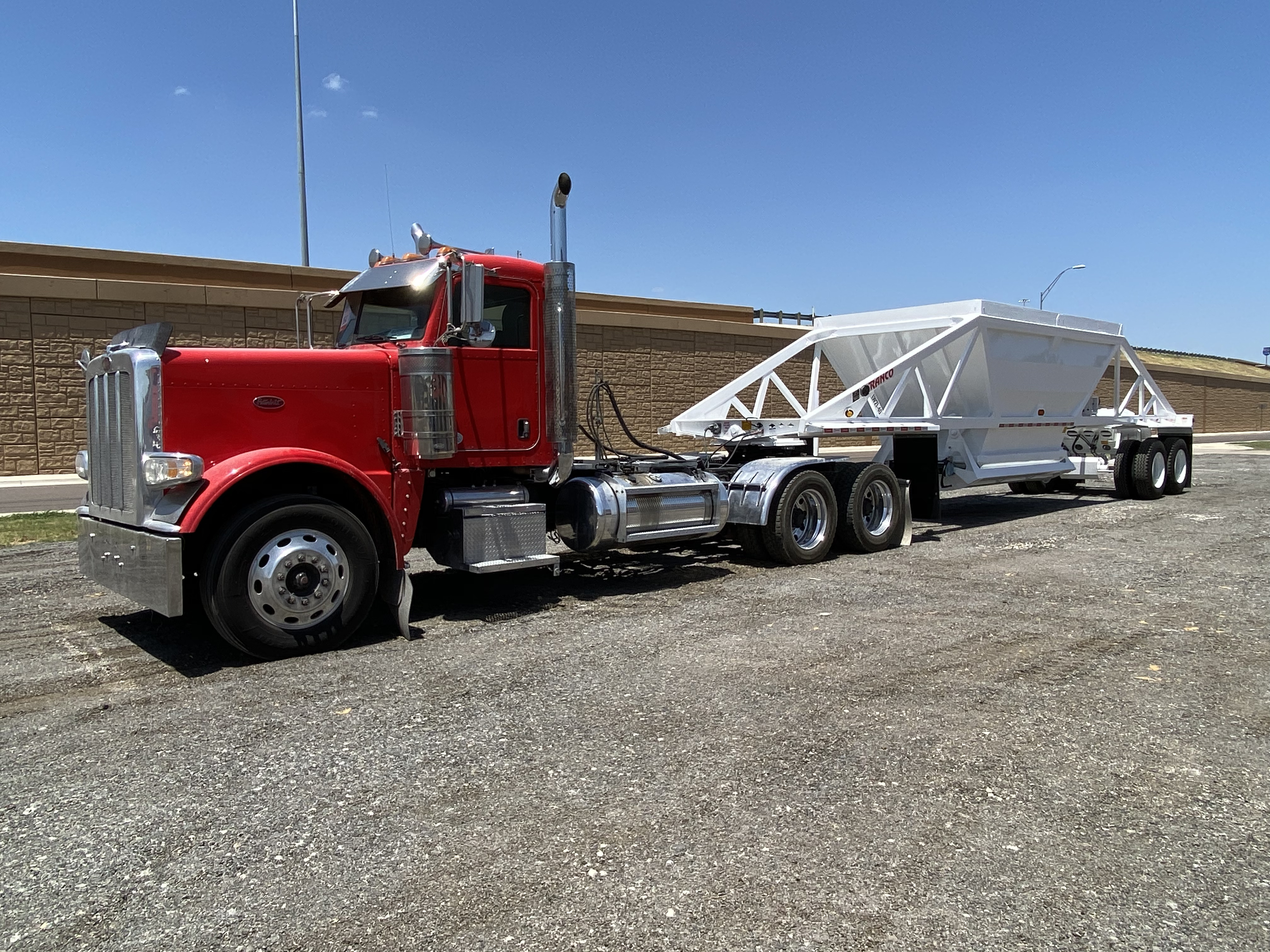
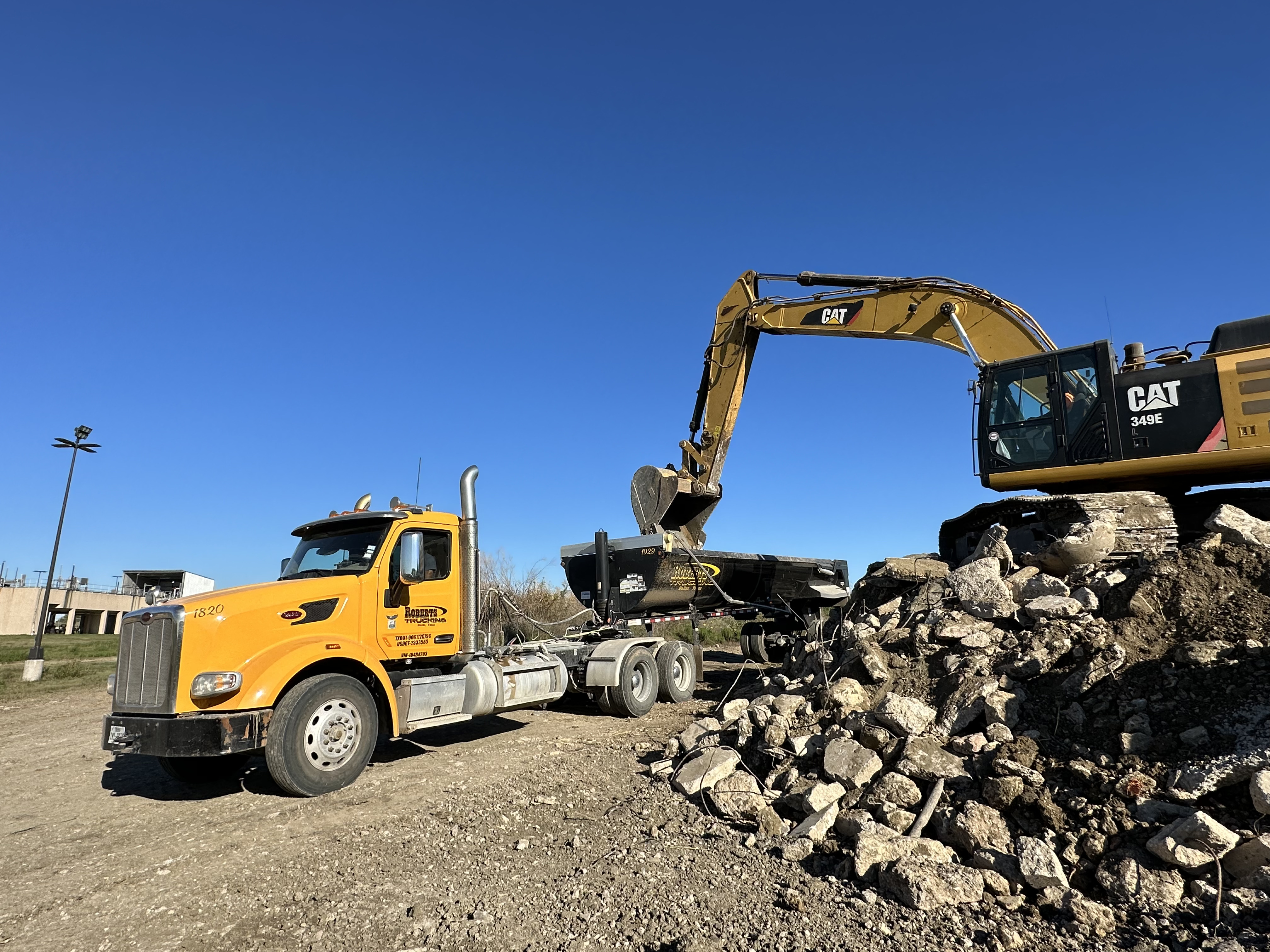
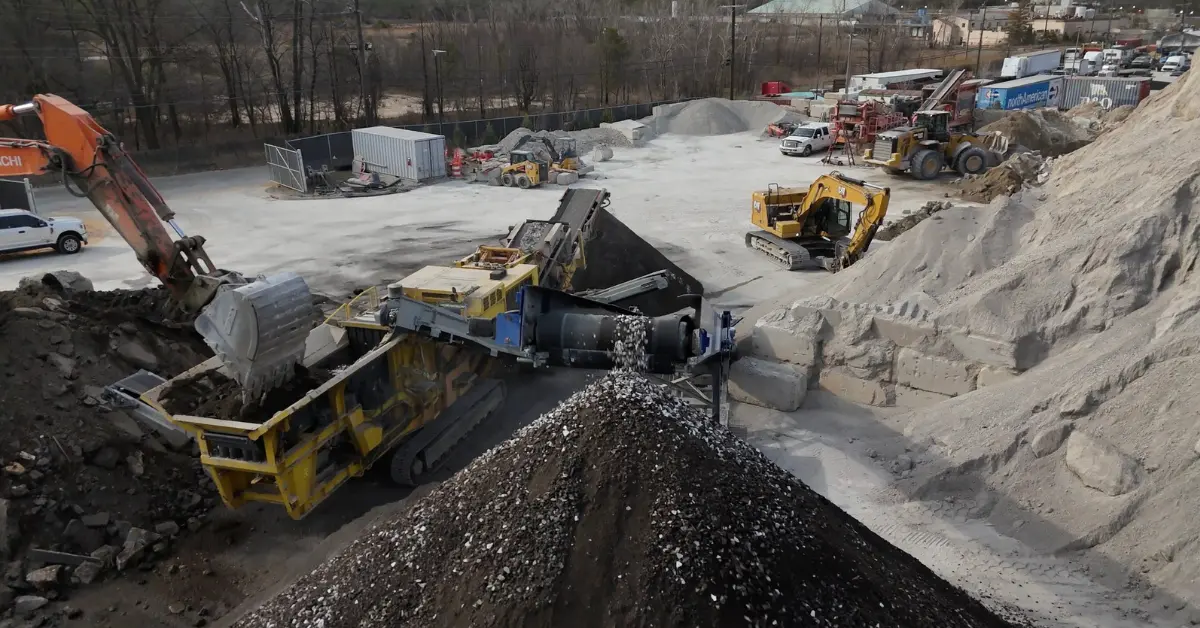
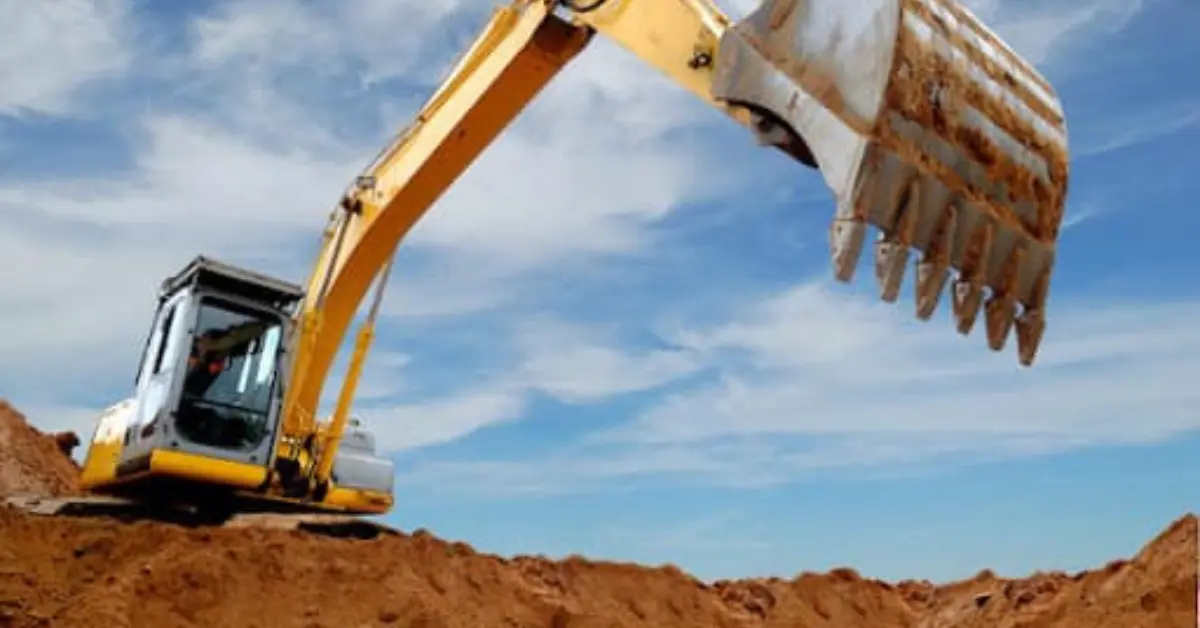
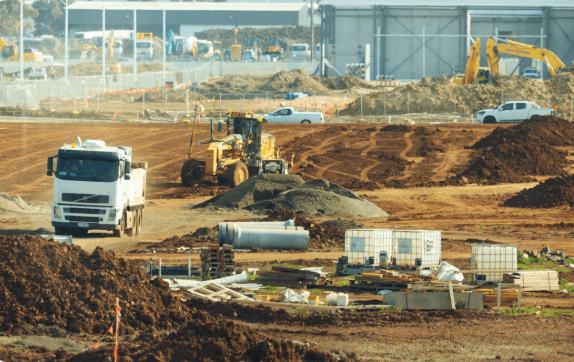

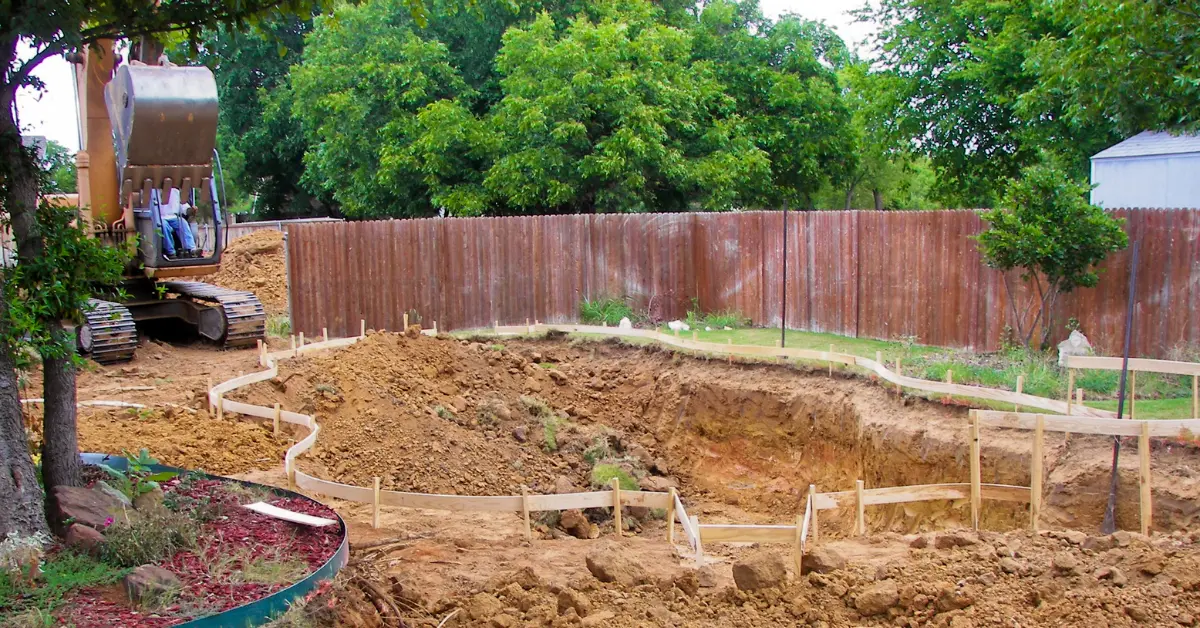
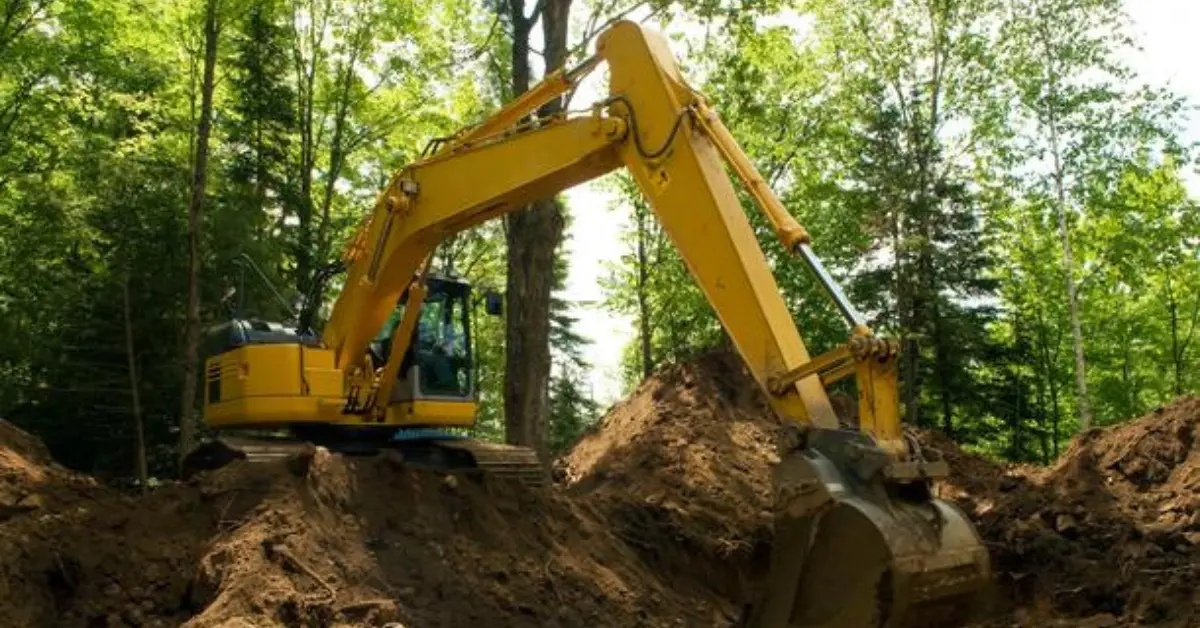
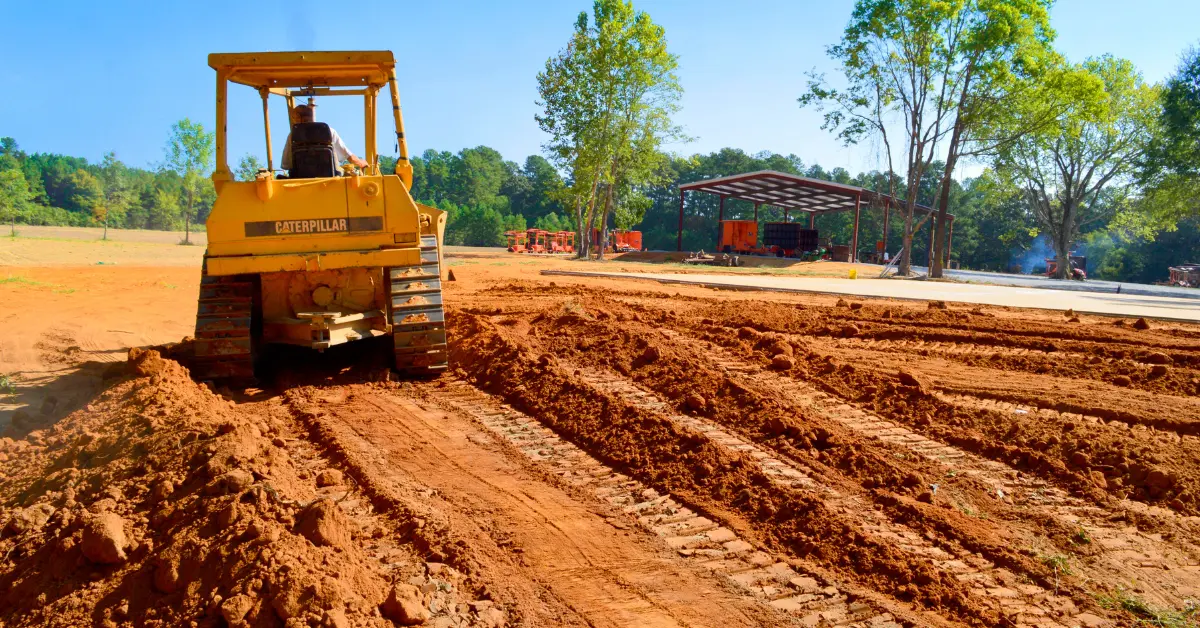



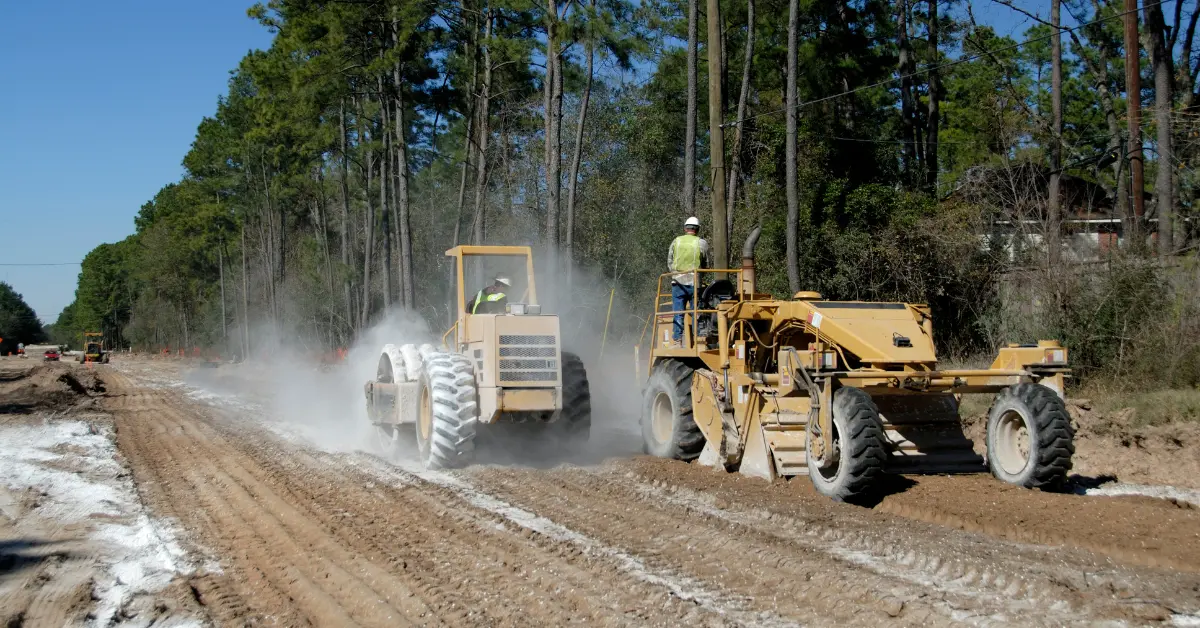




.jpg)

